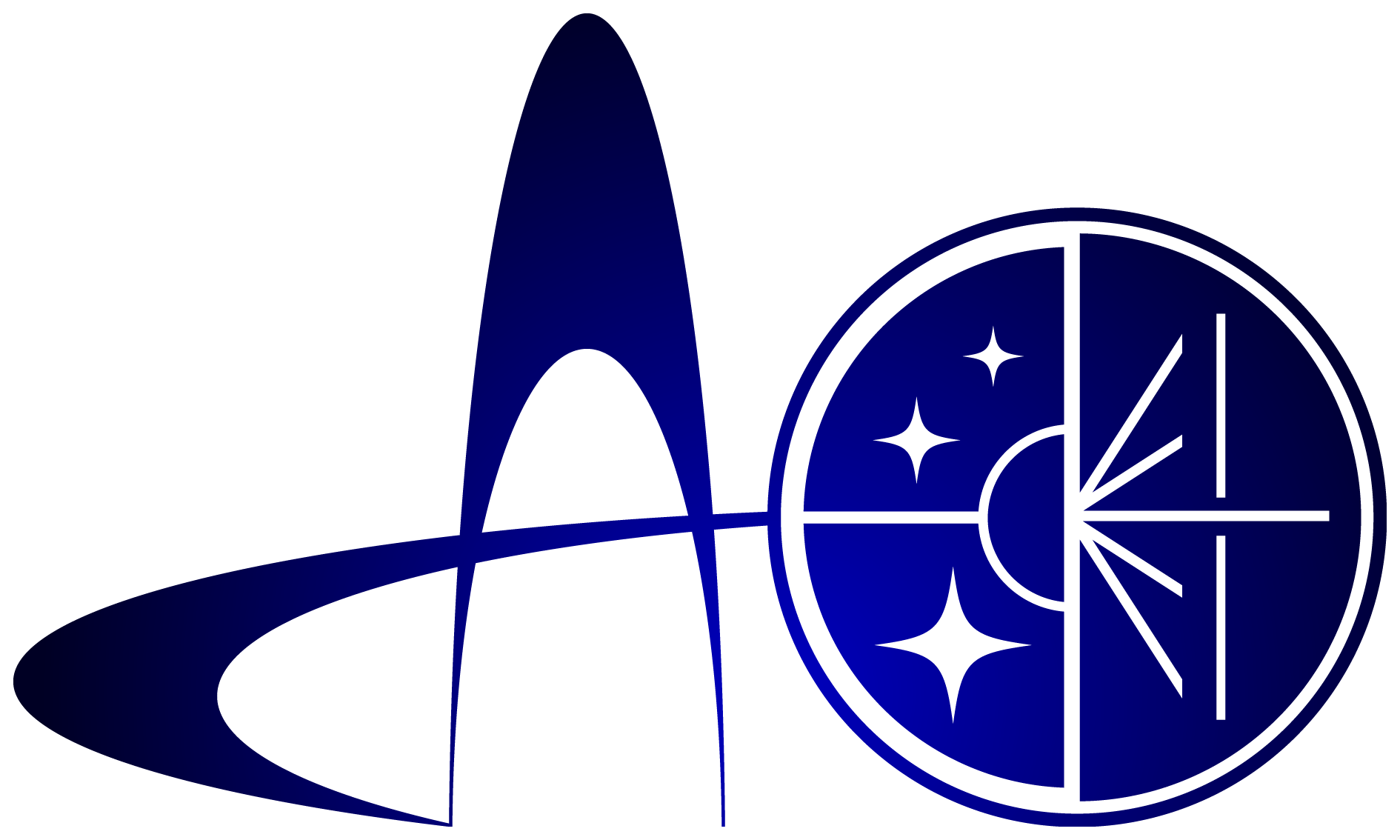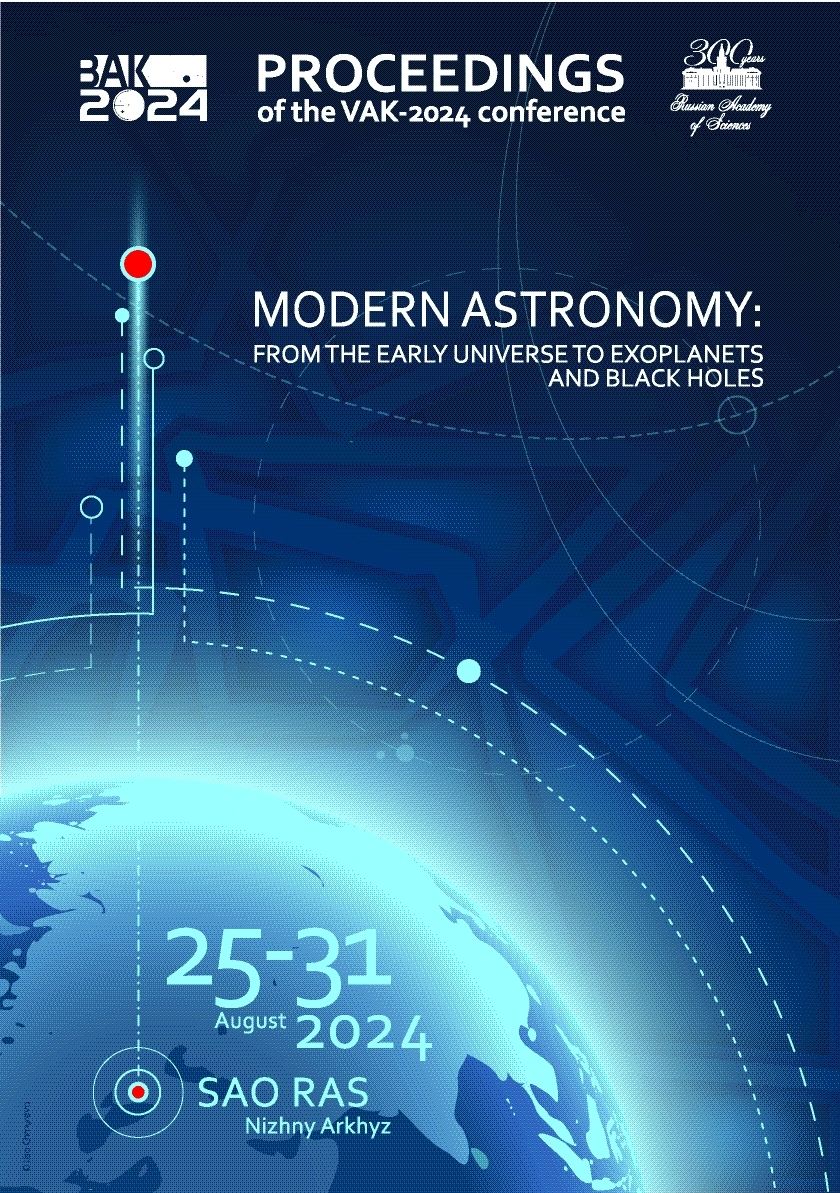Saint-Petersburg State University
UDC 53
UDC 520
UDC 521
UDC 523
UDC 524
UDC 52-1
UDC 52-6
CSCSTI 41.00
CSCSTI 29.35
CSCSTI 29.31
CSCSTI 29.33
CSCSTI 29.27
CSCSTI 29.05
Russian Classification of Professions by Education 03.06.01
Russian Classification of Professions by Education 03.05.01
Russian Classification of Professions by Education 03.04.03
Russian Library and Bibliographic Classification 2
Russian Library and Bibliographic Classification 223
Russian Trade and Bibliographic Classification 614
Russian Trade and Bibliographic Classification 6135
BISAC SCI004000 Astronomy
BISAC SCI005000 Physics / Astrophysics
The shape of the vast majority of small asteroids is unknown. There are only estimates of the average diameter obtained for them on the basis of absolute magnitude and albedo under a number of assumptions. To estimate the magnitude of perturbations in the rotational dynamics of an asteroid that arise when approaching the Earth by means of numerical modeling, it is necessary to know its moments of inertia, determined, among other things, by the shape of the asteroid. By conducting massive numerical experiments to simulate a close approach of an asteroid to the Earth, the influence of the figure's parameters on the magnitude of perturbations in the rotational dynamics of the asteroid was studied. It has been established that with very fast rotation (period $P < 1$ hour), even significant errors in knowledge of the asteroid's figure do not have a significant effect on the estimate of the magnitude of the perturbations. On the contrary, with a relatively slow rotation of the asteroid ($P > 5$ hours), inaccurate specification of the parameters of the asteroid's figure can lead to a significant underestimation of the perturbation values in numerical experiments. For example, for the asteroid Apophis ($P = 30.6$ hours), the error in the estimation of the rotational period after its close approach to the Earth in 2029 can be several hours, and the uncertainty in knowledge of the orientation of the rotational axis can be tens of degrees.
celestial mechanics; minor planets, asteroids: general; methods: numerical
1. Giorgini J.D., Benner L.A.M., Ostro S.J., et al., 2008, Icarus, 193, 1, p. 1
2. Lee H.-J., Ďurech J., Vokrouhlický D., et al., 2021, Astronomical Journal, 161, 3, id. 112
3. Lobanova K.S. and Melnikov A.V., 2024, Solar System Research, 58, 2, p. 208
4. Melnikov A.V., 2022, Solar System Research, 56, 4, p. 241
5. Pravec P., Scheirich P., Ďurech J., et al., 2014, Icarus, 233, p. 48
6. Scheeres D.J., Ostro S.J., Werner R.A., et al., 2000, Icarus, 147, p. 106
7. Sokolov L.L., Bashakov A.A., Borisova T.P, et al., 2012, Solar System Research, 46, 4, p. 291






